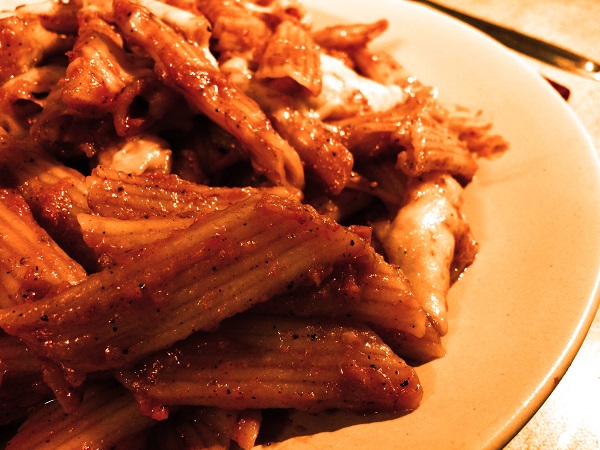If you’re someone who loves spicy food and hot sauces, you know just how transformative they can be in any dish. Whether you’re looking to add some heat to your breakfast, lunch, dinner, or even dessert, there are countless ways to incorporate these flavor-packed ingredients into your cooking.
However, if you’re new to the world of spice, it can be a little overwhelming to know where to begin, how much to use, and what pairings work best.
So let’s explore some of the top tips for incorporating hot sauces and spices into your cooking, helping you to add a little extra kick to your meals and impress your taste buds.
Table of Contents
Start Simple
When it comes to incorporating hot sauces and spices into your cooking, it’s important to start simple and build your way up. This means choosing milder options such as paprika, chili flakes, or cayenne pepper to begin with and gradually working your way up to the spicier stuff.
This allows you to get familiar with the flavors, heat levels, and pairings of different hot sauces and spices without overwhelming your taste buds. You can also use things such as the Scoville Scale to get a basic understanding of how hot something may be depending on what chili pepper is used.
Pairing is Key
One of the most important things to keep in mind when using hot sauces and spices is pairing. Just like with any other ingredient, certain spices work better with certain types of flavors and dishes.
For instance, if you’re making a Mexican dish, you might want to reach for cumin, chili powder, and chipotle pepper for that authentic smoky, spicy flavor.
On the other hand, if you’re making an Indian curry, you could use turmeric, coriander, and garam masala to add a warm, earthy flavor.
Don’t Be Afraid to Experiment
Another key tip for incorporating hot sauces and spices into your cooking is not being afraid to experiment. While it’s great to have some tried and true pairings and recipes, you could also try something new and unexpected.
For instance, you could add a few drops of hot sauce to your morning egg scramble, add some chipotle powder to your chocolate dessert, or transform your popcorn into a spicy snack with a pinch of cayenne pepper. The sky’s the limit when it comes to experimenting, and you might just discover a new favorite combination.
Know Your Heat Limit
It’s important to know your heat limit when it comes to hot sauces and spices. Everyone has a different tolerance for spice, so it’s important to be mindful of how much you’re adding and how spicy the ingredient is.
If you’re not sure how much to use, start with a small amount and gradually work your way up until you reach your desired level of heat. Just make sure that whatever amount you decide on doesn’t overpower the dish.

Use Different Types of Hot Sauces
When it comes to hot sauces and spices, there are many different types available. From classic red pepper sauce to sriracha or curry paste, the options are vast.
It’s important to try out a variety of different types so you can get a better understanding of how they work in different dishes and what flavors they bring out. You may also find that one type of hot sauce works best for certain recipes while another is better suited for something else altogether.
Add Spices at Different Stages
Lastly, when incorporating hot sauces and spices into your cooking, it’s important to know when to add them. Some spices and hot sauces are best added at the start of the cooking process to infuse the flavor throughout the dish, while others are better added towards the end to give that extra punch of heat.
It’s important to read the recipe carefully and understand how each ingredient works to ensure that you get the best possible outcome.
Time to Start Cooking
Cooking with hot sauces and spices is a fantastic way to add some extra flavor and kick to your dishes. Whether you’re looking to add some heat to a savory curry or sweet dessert, there are countless ways to incorporate these ingredients into your cooking.
Just remember, start simple, pair wisely, use fresh ingredients, don’t be afraid to experiment, and add spices at different stages for maximum flavor.
With these tips, you’ll be well on your way to spicing things up in the kitchen and impressing your taste buds!








